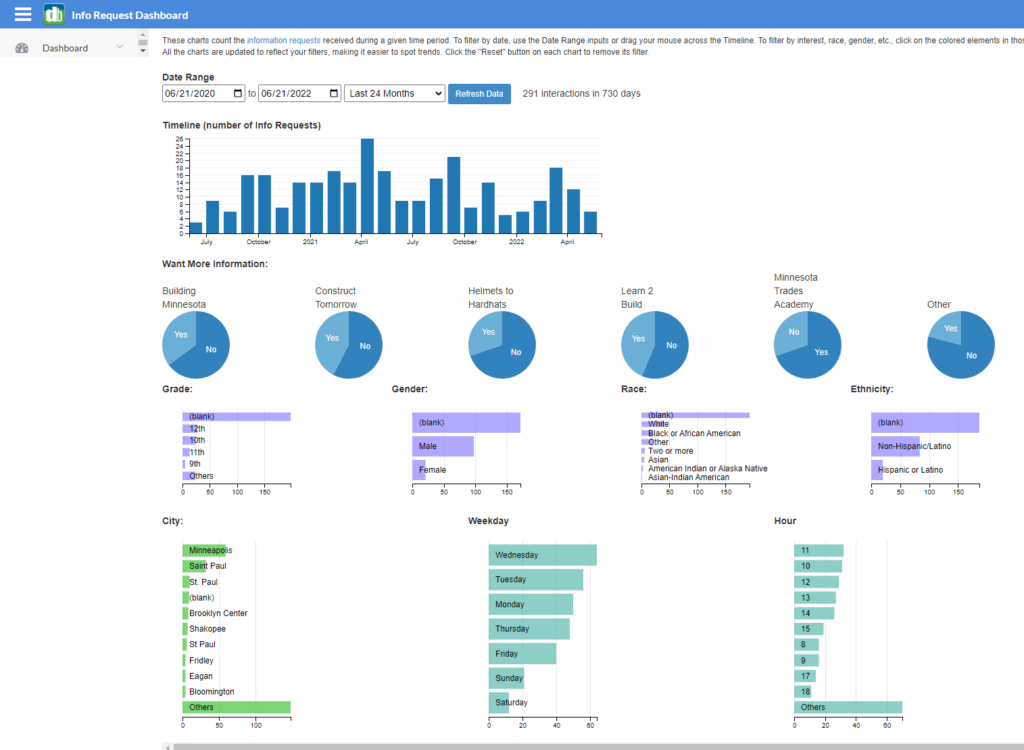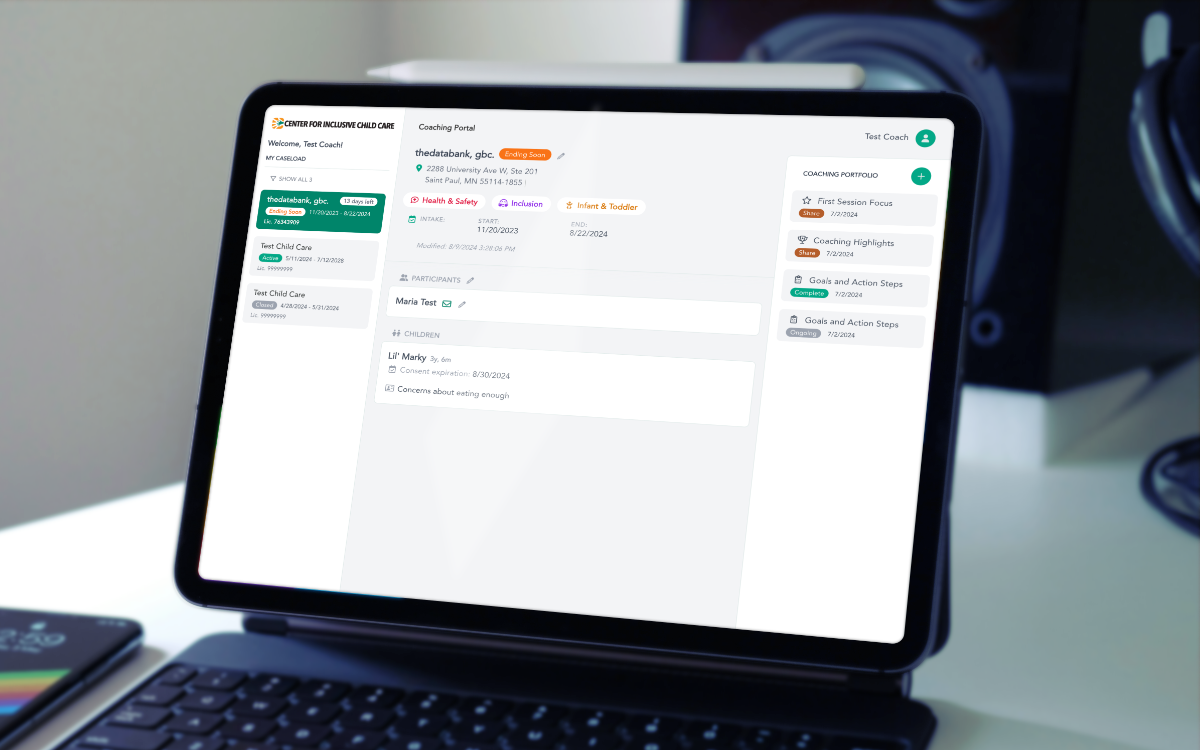An emerging trend in software for nonprofits is what is called Hybrid Custom Software.
With the Hybrid model, most user needs are addressed with our existing Databank CRM system. Then custom development is done to address the unique user needs.
The model we use here at thedatabank is 90/10. Ninety percent of the user needs are met by our existing Databank system which is highly configurable. Custom development on top of the existing system, addresses the other unique ten percent of the user needs. 90/10 is a general guideline but in our experience, this is pretty typical.
What are the advantages of this Hybrid model?
First, the user gets a system that is built to address their unique needs as an organization. This makes the system more efficient and effective.
Second, because only a small portion of the solution is custom built, this significantly lowers the cost when compared to a fully custom-built solution.
Third, because the solution is based on a secure, proven, hosted system, the user gets ongoing support and maintenance for as long as they use the system.
The custom developed part of the hybrid solution can come in many forms depending the unique needs of the user. Some of the more common hybrid solutions involve things like custom reports, secure online portals for stakeholder engagement, and integration with other software used by the client.
Below are a few examples of hybrid custom solutions we’ve built for Databank clients.
If you feel your current off-the-shelf software is not providing you with what you need or want, perhaps a Databank Hybrid Custom Solution is the answer.
Contact us to find out more.
Contact us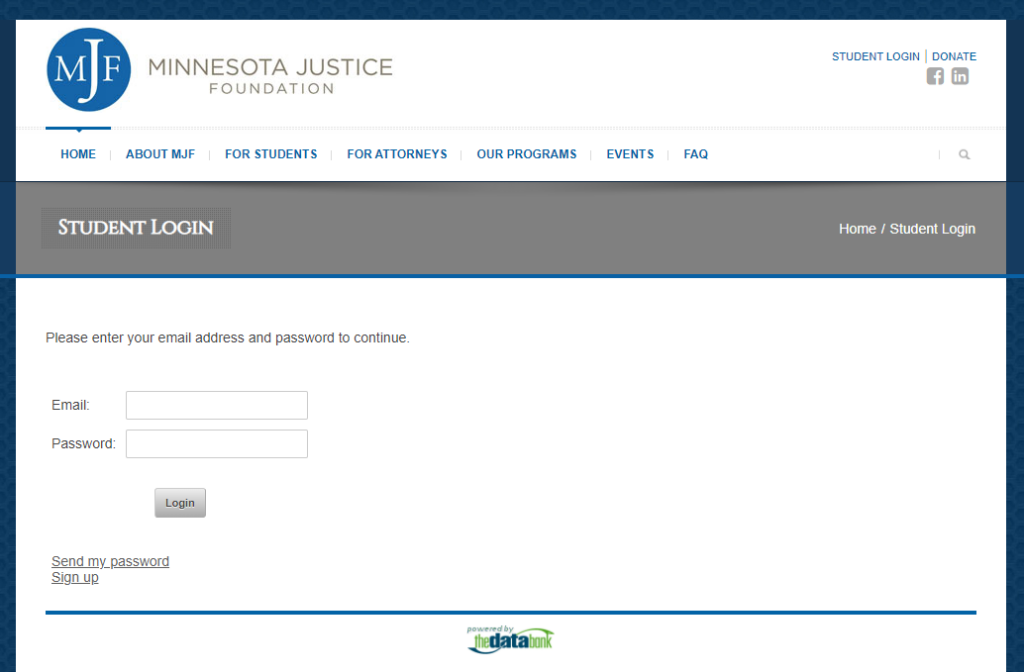
A custom, secure, integrated online portal is a great way to provide different stakeholders with access to user-specific content and tools.
Membership organizations benefit from having an integrated online Member Directory that pulls data directly from their Databank CRM. Member information can be easily updated by the member through secure online forms.
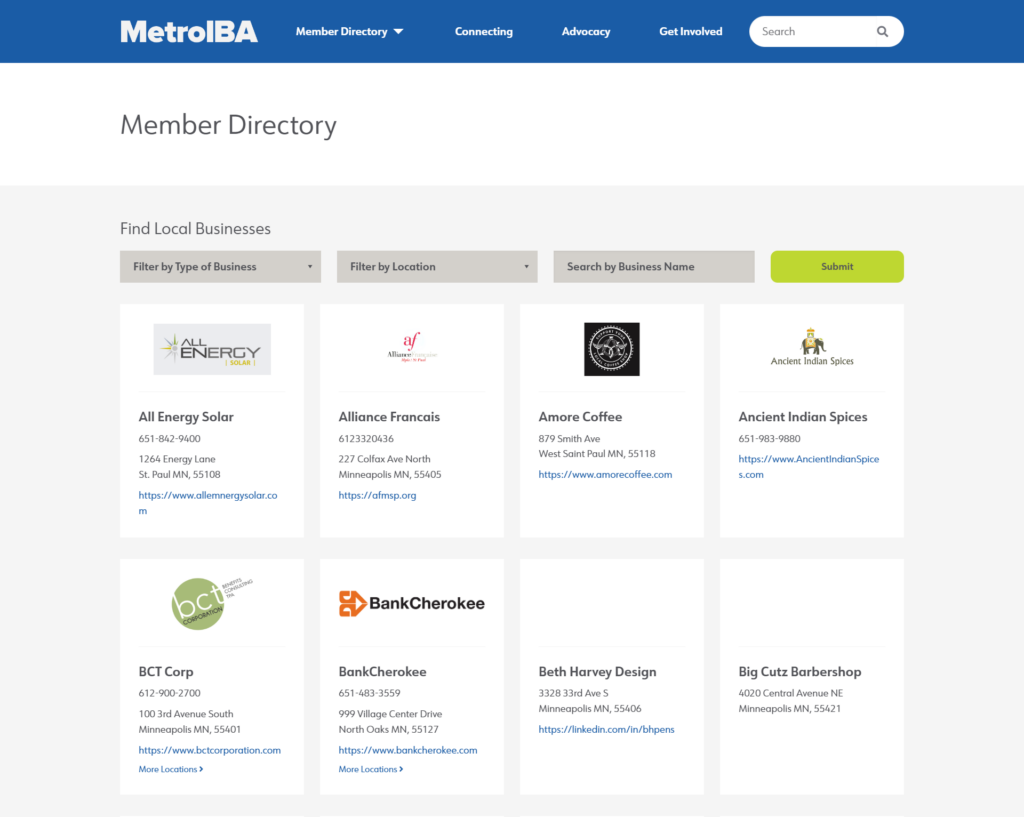
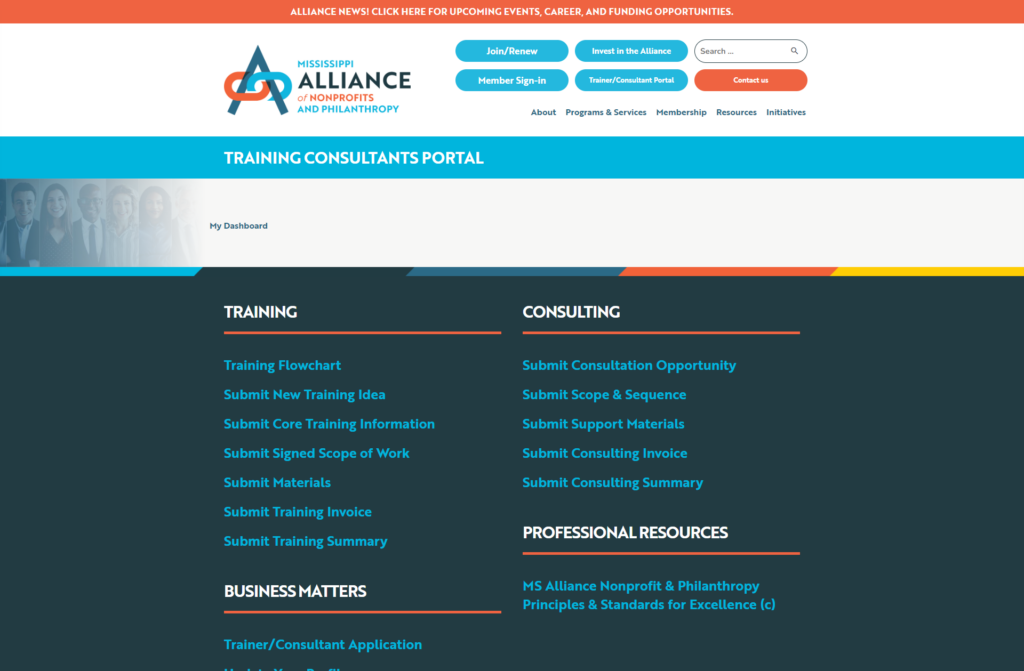
Your organization’s service providers can receive role-specific content through a customized secure online portal.
Custom built reports give you the information you need when you need it.
